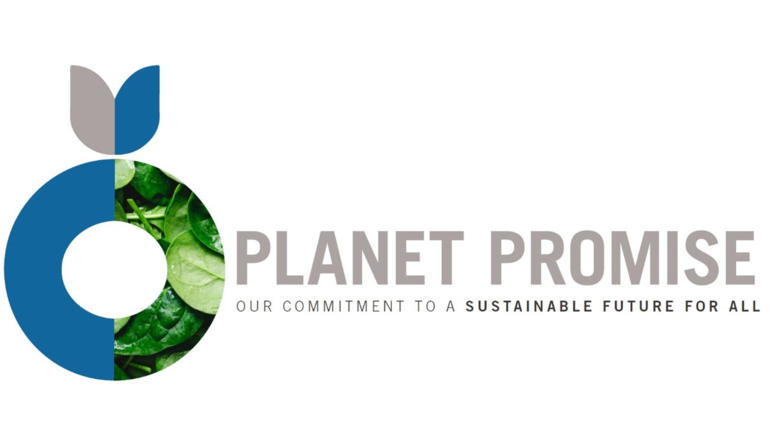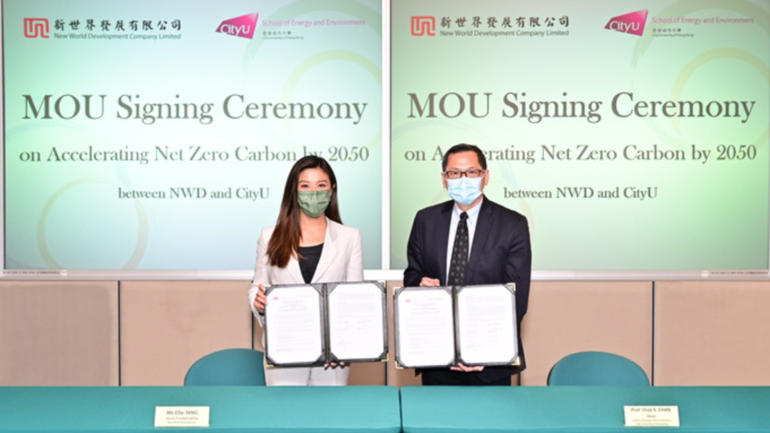To avoid the worst impacts of climate change, we need to limit global warming to 1.5 degrees, which requires halving greenhouse gas emissions by 2030 and reaching net-zero emissions by 2050. Whilst momentum is building with climate commitments across both the public and private sectors, emissions keep rising and global emissions are expected to stay positive throughout the century.
The private sector has a responsibility to actively reduce greenhouse gas emissions and help lead the global transition to a low-carbon, climate-resilient economy. As a founder and Co-Chair of the Alliance of CEO Climate Leaders, Swiss Re has established a high ambition, with a net-zero commitment of 2030 for our own operations, and 2050 for our insurance and asset management portfolios
Swiss Re advocates for emissions reduction first, then removal - 'do our best, remove the rest'. However, there will always be emissions from wildfires, hard-to-abate sectors and historic residual emissions, so carbon removal needs to be part of our planning to reduce both present day emissions and the carbon we have built up in the atmosphere.
Carbon capture and storage solutions range from nature-based to engineered or technological solutions. Nature-based solutions are in place and ready to use, but they are finite and must be implemented in a way that supports indigenous communities, healthy biodiversity and a sustainable food system. Tech-solutions will be more durable but are still in development with higher costs. Whilst we optimise our available forests, soil, mangroves and seagrasses, we must also invest in technology and innovation to scale up more durable carbon removal solutions, so they are ready to go when we have exhausted our natural storage facilities.
Carbon removal - a new commercial market
Carbon removal activities will be a critical lever in meeting the goals of the Paris Climate accords. To meet these goals, the carbon-removal industry needs to grow to the scale of the current oil-and-gas industry, which means growing global capacity by 60% each year until 2050 to remove up to a quarter of the CO2 currently emitted1 – this is a faster annual compound growth rate than the past adoption of radios, TVs, or smart phones. Hence the commercial opportunity of this growth is significant.
Whilst there are still a lot of unknowns, this new market creates a new ecosystem of stakeholders and needs – and with it comes opportunity to build expertise and commercialise this new risk pool.
Innovating, testing and learning is an important investment in order to understand these unknowns. To help address this, Swiss Re has partnered with Australian company Southern Green Gas (SGG) to test and develop carbon capture, usage and sequestration processes with a selection of projects and stakeholders, then scale up to export levels. This collaboration comes as SGG advances the development of its world leading technology for solar powered direct air capture (DAC) modules. The SGG modules use metal organic framework technology and are fully solar powered, which makes them extremely efficient - delivering negative emissions whilst removing the carbon from the air.
The role of the insurance industry in carbon removal
The private sector can accelerate the deployment and commercialisation of the carbon removal industry, and the insurance industry can play a key role:
- Insurance and risk transfer solutions can protect nature-based carbon assets, enhance their resilience and compensate for losses from adverse weather events. Standard engineering and property policies can provide cover for the construction and operational risks of technology-based carbon-removal facilities.
- Re/insurers can support the scaling up of the carbon-removal industry as institutional investors, providing financing for projects, services and new infrastructure. This also increases the amount of finance flowing to this growing industry.
- Re/insurers can be early buyers of carbon-removal certificates to help achieve their own net-zero operational footprint. Whilst emissions from the insurance industry are relatively smaller than some other sectors, being an early buyer assures future revenues for removal projects and helps get them started.
Turning commitments into actions
Partnering with SGG in Australia is another step in Swiss Re's net-zero commitment. GHG neutral since 2003, Swiss Re implemented an internal carbon levy across the Group of USD100 per tonne in 2020, which will gradually increase to USD200 by 2030. The Group also signed the world’s first 10-year carbon removal purchase agreement with Climeworks, a European-based specialist in direct air capture technology.
Swiss Re's development activities in the carbon market also include insurance solutions for nature-based projects, expertise publications and working with institutions and government authorities to remove the barriers to scaling and adoption.
We are taking action now. Nature-based solutions are accessible and ready to use but will not do the job alone, so we must drive a balanced mix of natural and tech solutions to achieve and sustain the 1.5°C target. As we all continue to reduce our emissions, we will also invest in innovations and partnerships to accelerate the much-needed carbon removal industry – do our best, remove the rest.
1 Swiss Re Institute: The insurance rationale for carbon removal solutionsThis was originally posted on https://www.swissinfo.ch/








